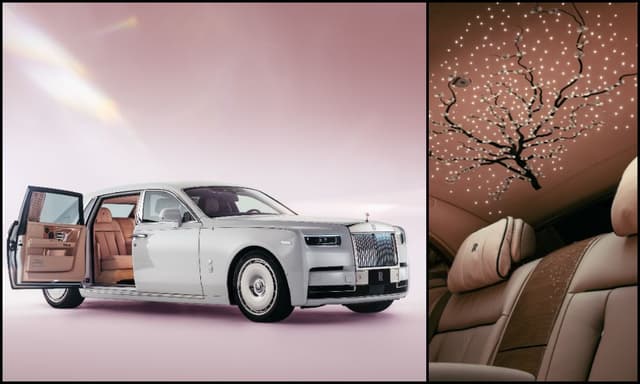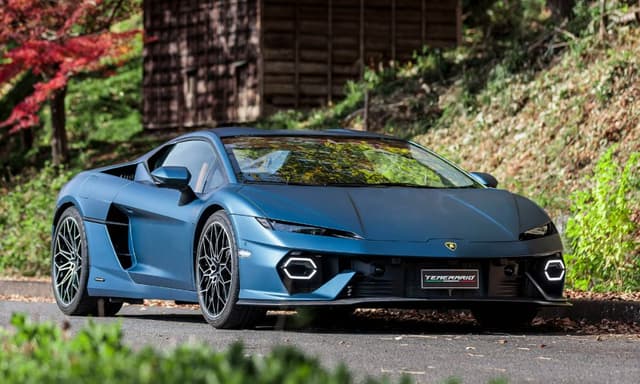How F1 Cars Have Evolved Over The Years?
The world's fastest cars have evolved greatly since the beginning of F1 in 1950. Read ahead to know which technological, aesthetic and power fittings are behind the success of these cars.

Highlights
F1 is one of the most thrilling motorsport championships in the world. The cars are specifically designed to give utmost speed which always keeps the audience on edge. It is a dangerous sport and hence requires the cars to be adapted for safety and balance at hyper speeds. These cars have evolved with the sport and each year it is a treat to look at the stunning new models. Here's how such cars have come to gain their modern form:

- F1 began in 1950 when cars were drastically different from the ones we see today. These early cars were powered by 1.5 litre front engines or 4.5 litres or less naturally aspirated engines. This meant a lean body and thin wheels. The most successful car of this era was the Alpha Romeo 158.
- Increasing competition demanded more balanced cars. A successful, well-balanced model was first introduced by British Cooper Team. This model's engine placement was behind the driver which made the front more aerodynamic. Tire width was also increased.
- In 1967, car width started increasing as well. Lotus designer Colin Chapman introduced wings to increase the downforce in the Lotus 49B. Chapman expanded his creative boundaries with the Lotus 72 which featured wider front and rare ends and wider wheels that improved the overall performance and speed of the car.
- Renault entered the race in 1997 with the first ever turbocharged engine car. It was beat by Chapman in 1978. The Lotus 78 was powered by revolutionary aerodynamic technology. Ground-effect was banned in 1983 to curb excess cornering speeds and to make the sport safer.
- In 1988, the McLaren Team introduced a mode rigid and lightweight chassis made of carbon fibre in the McLaren MP4/4.
- In 1989, it was mandated that all cars should be powered by a naturally aspirated 3.5 litre engine.
- Electronic driver aids gained massive popularity in the 1990s. These were regulated over the years to use only the safest ones.
- From 1995 onwards, the engine capacity of F1 cars was reduced to curb speeds. It went down further in 1988 with narrower cars and tires with grooves.
- Cars were modified to incorporate strategy in their driving. Structures were changed to make overtaking easier. Traction control was banned after FIA could successfully monitor its application.
- Slick tyres made a comeback in 2009. This year also saw the usage of kinetic energy recovery systems that could store energy and give cars a temporary boost while overtaking.
- In 2011 the Drag Reduction System was introduced to promote overtaking. More changes followed in the power configurations and technological advancements of the cars, leading to their current state.

The latest cars feature wider rear ends, wider body and exhaust to increase the downforce. Such innovations will make the sport thrilling as ever, and safer.

Stay updated with automotive news and reviews right at your fingertips through carandbike.com's Google News














